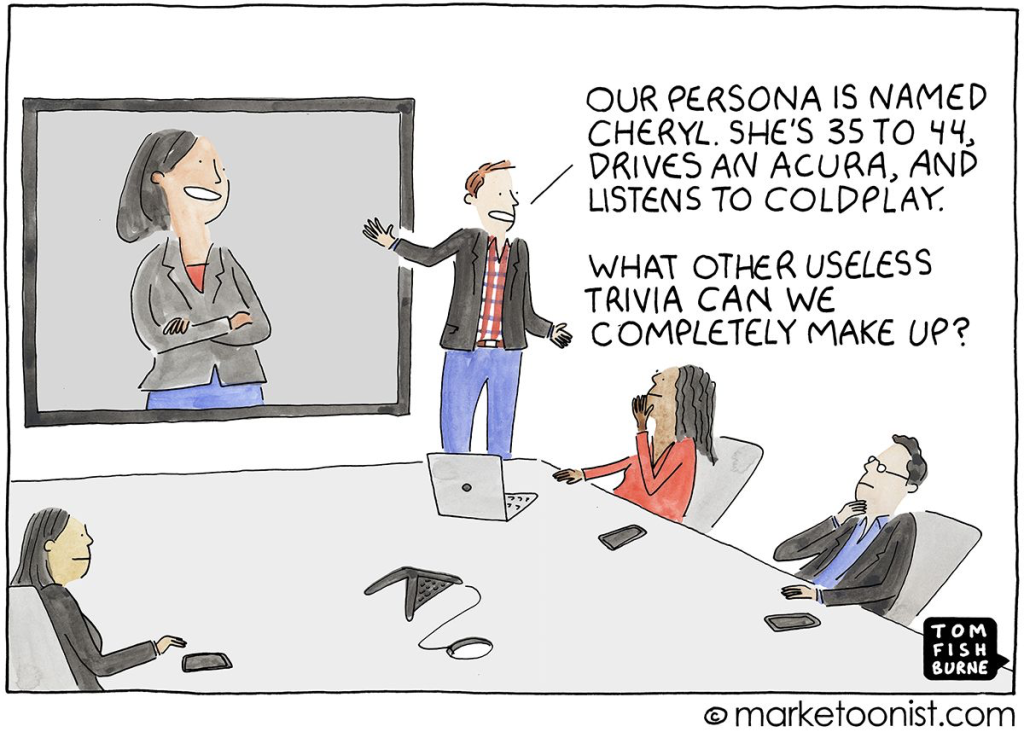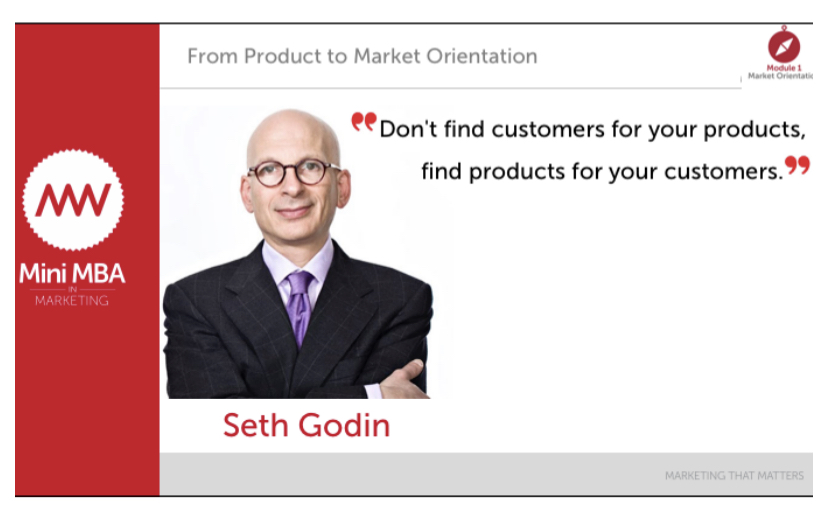Last week I started looking into audiences for WhyBuy in London.
The Who. Who is our audience?
I’ve come to understand the product now. The offering is solid: We just need to update the app, amend the pricing as per today’s meeting and to build the e-commerce website and they shall come, right? In droves. Here come The Who.
Except businesses have tried that before. Many a talented team have spent good money and bought a whole lot of new downloads. And the cost per install turned out to be competitive. Great. But it’s not the install that matters, it turns out.
So, now that we new have the tools at our disposal, let’s use them: TGI, ACORN and in due course, Appsflyer.
Last week, I totally got to grips with personas that other people have written for other businesses and realized it’s such fun. And I wrote a workshop on the back of it.
Current customers will be useful to profile, I thought. WhyBuy has been open for business since June 2020. And the customer to-date was an early exercise in our workshop.
But customers to-date have only been limited. This sure makes the data less useful. Especially in these “unprecedented times”.
And then I saw this from Tom Fishburne, aka the Marketoonist:

And I went back to my notes from Ritson (Class of Dec ‘98), (before he jazzed up his slides, I’m told).

And I revised my workshop. We need to identify our London audiences so that we can prioritise our product.
As we all remember from our Ritson mini-MBA in Marketing, all marketing should start with Market Orientation. Dear Reader, you’ve done the Ritson course by now, I hope?
“First, team, let’s paint a picture of your neighbour in London,” I said. A good exercise and got us talking. And as a management team we all have very different neighbours. Nonetheless, we all happened focused on a single mother of young kids. Funny how we have preconditioned ourselves to believe she is our largest audience segment. She’s not the largest, but she’s important to us for sure…
Anyol’how as Una would say, the workshop progressed and we got in to the weeds to understand the audiences that we need to understand for the business to grow.
And now we are sizing up the prize that each audience represents. How big is each of the audience segments we identified. And the top three we will research further through good old fashioned focus groups.
Been a while since I ran focus groups. Actually no it hasn’t. I ran a bunch for a Tesco Hackathon when I was consulting at the LGBTQ+, Black and Multi Ethnic adnetwork, Brand Advance. But I’d rather use a third party this time (ie someone experienced in this sort of thing!).
So, audience identification is under way. Phew.

Leave a comment